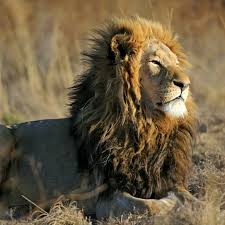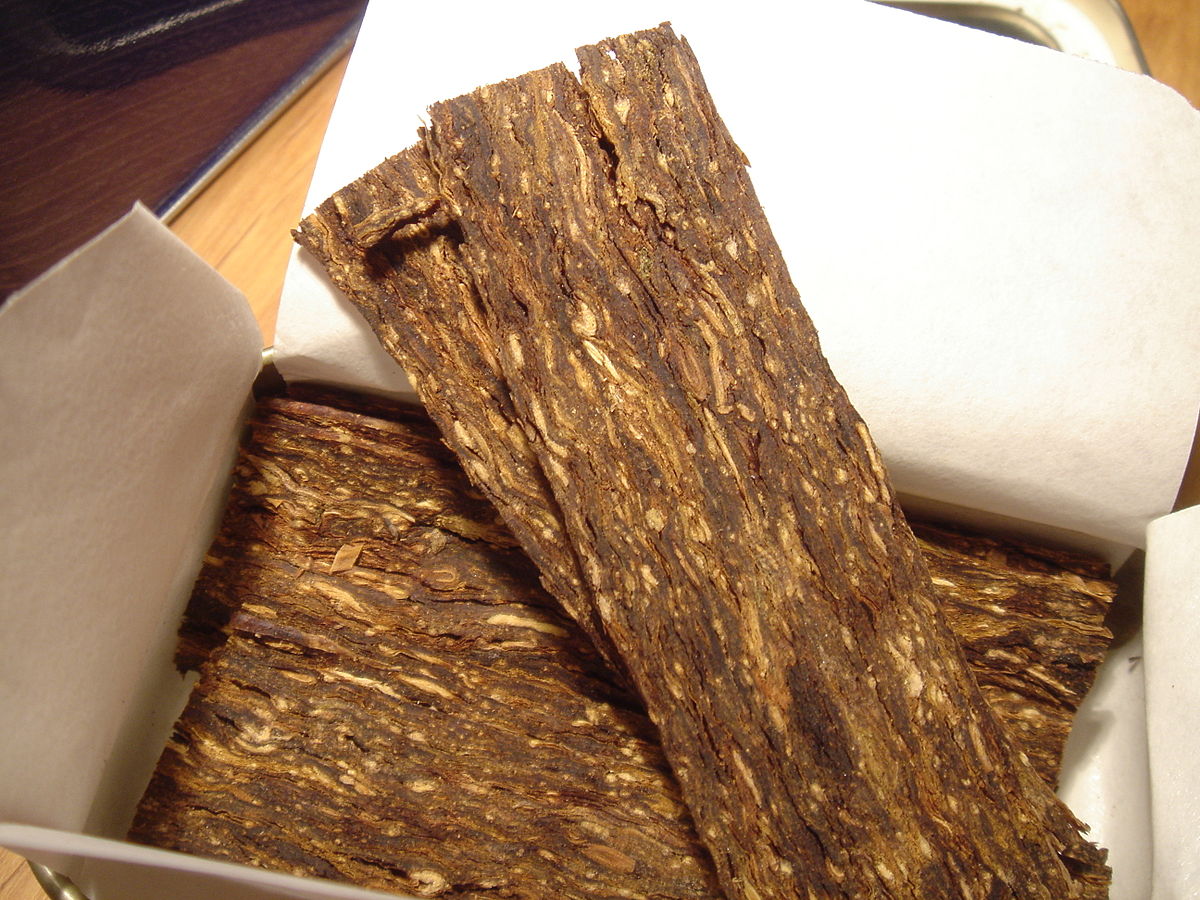Stamp: Numeral and Coat of Arms of Prince Edward Island (Prince Edward Island 1942)
Numeral and Coat of Arms of Prince Edward Island (Prince Edward Island 1942)
01 January (Prince Edward Island ) within release Tobacco Tax goes into circulation Stamp Numeral and Coat of Arms of Prince Edward Island face value 3 Canadian cent
Stamp is square format.
Also in the issue Tobacco Tax:
- Stamp - Numeral and Coat of Arms of Prince Edward Island face value 1;
- Stamp - Numeral and Coat of Arms of Prince Edward Island face value 1;
- Stamp - Numeral and Coat of Arms of Prince Edward Island face value 1;
- Stamp - Numeral and Coat of Arms of Prince Edward Island face value 1;
- Stamp - Numeral and Coat of Arms of Prince Edward Island face value 1;
- Stamp - Numeral and Coat of Arms of Prince Edward Island face value 1;
- Stamp - Numeral and Coat of Arms of Prince Edward Island face value 1;
- Booklet Pane - Numeral and Coat of Arms of Prince Edward Island face value 4*1;
- Booklet Pane - Numeral and Coat of Arms of Prince Edward Island face value 4*1;
- Booklet Pane - Numeral and Coat of Arms of Prince Edward Island face value 4*1;
- Booklet Pane - Numeral and Coat of Arms of Prince Edward Island face value 4*1;
- Booklet Pane - Numeral and Coat of Arms of Prince Edward Island face value 4*1;
- Booklet Pane - Numeral and Coat of Arms of Prince Edward Island face value 4*1;
- Stamp - Numeral and Coat of Arms of Prince Edward Island face value 2;
- Stamp - Numeral and Coat of Arms of Prince Edward Island face value 2;
- Stamp - Numeral and Coat of Arms of Prince Edward Island face value 2;
- Stamp - Numeral and Coat of Arms of Prince Edward Island face value 2;
- Stamp - Numeral and Coat of Arms of Prince Edward Island face value 2;
- Booklet Pane - Numeral and Coat of Arms of Prince Edward Island face value 4*2;
- Booklet Pane - Numeral and Coat of Arms of Prince Edward Island face value 4*2;
- Booklet Pane - Numeral and Coat of Arms of Prince Edward Island face value 4*2;
- Booklet Pane - Numeral and Coat of Arms of Prince Edward Island face value 4*2;
- Booklet Pane - Numeral and Coat of Arms of Prince Edward Island face value 4*2;
- Stamp - Numeral and Coat of Arms of Prince Edward Island face value 3;
- Booklet Pane - Numeral and Coat of Arms of Prince Edward Island face value 4*3;
- Stamp - Numeral and Coat of Arms of Prince Edward Island face value 3;
- Stamp - Numeral and Coat of Arms of Prince Edward Island face value 3;
- Stamp - Numeral and Coat of Arms of Prince Edward Island face value 3;
- Booklet Pane - Numeral and Coat of Arms of Prince Edward Island face value 4*3;
- Booklet Pane - Numeral and Coat of Arms of Prince Edward Island face value 4*3;
- Booklet Pane - Numeral and Coat of Arms of Prince Edward Island face value 4*3;
- Stamp - Numeral and Coat of Arms of Prince Edward Island face value 3;
- Booklet Pane - Numeral and Coat of Arms of Prince Edward Island face value 4*3;
- Stamp - Numeral and Coat of Arms of Prince Edward Island face value 3;
- Booklet Pane - Numeral and Coat of Arms of Prince Edward Island face value 4*3;
- Stamp - Numeral and Coat of Arms of Prince Edward Island face value 4;
- Booklet Pane - Numeral and Coat of Arms of Prince Edward Island face value 4*4;
- Booklet Pane - Numeral and Coat of Arms of Prince Edward Island face value 4*4;
Stamp Numeral and Coat of Arms of Prince Edward Island it reflects the thematic directions:
A coat of arms is an heraldic visual design on an escutcheon (i.e. shield), surcoat, or tabard. The coat of arms on an escutcheon forms the central element of the full heraldic achievement which in its whole consists of shield, supporters, crest, and motto. A coat of arms is traditionally unique to an individual person, family (except in the United Kingdom), state, organisation or corporation.
In British heraldry, a coronet is any crown whose bearer is less than sovereign or royal in rank, irrespective of the crown's appearance. In other languages, this distinction is not made, and usually the same word for crown is used irrespective of rank (German: Krone, Dutch: Kroon, Swedish: Krona, French: Couronne, etc.) In this use, the English coronet is a purely technical term for all heraldic images of crowns not used by a sovereign, and implies nothing about the actual shape of the crown depicted. A Coronet is another type of crown, but is reserved for the lower ranks of nobility like Marquesses and Marchionesses, Earls and Countesses, Barons and Baronesses, and some Lords and Ladies. The specific design and attributes of the crown or coronet signifies the hierarchy and ranking of its owner.
Лев (Panthera leo) — крупный представитель семейства кошачьих рода Panthera, обитающий в странах Африки к югу от Сахары и Индии. У него мускулистое тело с широкой грудью, короткая округлая голова, круглые уши и тёмный пучок волос на кончике хвоста. У него ярко выражен половой диморфизм: взрослые самцы крупнее самок и имеют густую гриву. Это социальный вид, образующий группы, называемые прайдами. Львиный прайд состоит из нескольких взрослых самцов, родственных самок и детёнышей. Группы львиц обычно охотятся вместе, охотясь в основном на средних и крупных копытных. Лев — высший и ключевой хищник.
A number is a mathematical object used to count, measure, and label. The most basic examples are the natural numbers 1, 2, 3, 4, and so forth. Numbers can be represented in language with number words. More universally, individual numbers can be represented by symbols, called numerals; for example, "5" is a numeral that represents the number five. As only a relatively small number of symbols can be memorized, basic numerals are commonly organized in a numeral system, which is an organized way to represent any number. The most common numeral system is the Hindu–Arabic numeral system, which allows for the representation of any non-negative integer using a combination of ten fundamental numeric symbols, called digits. In addition to their use in counting and measuring, numerals are often used for labels (as with telephone numbers), for ordering (as with serial numbers), and for codes (as with ISBNs). In common usage, a numeral is not clearly distinguished from the number that it represents.
Tobacco is the common name of several plants in the genus Nicotiana of the family Solanaceae, and the general term for any product prepared from the cured leaves of these plants. More than 70 species of tobacco are known, but the chief commercial crop is N. tabacum. The more potent variant N. rustica is also used in some countries.
In botany, a tree is a perennial plant with an elongated stem, or trunk, supporting branches and leaves in most species. In some usages, the definition of a tree may be narrower, including only woody plants with secondary growth, plants that are usable as lumber or plants above a specified height. Trees are not a taxonomic group but include a variety of plant species that have independently evolved a woody trunk and branches as a way to tower above other plants to compete for sunlight. In looser senses, the taller palms, the tree ferns, bananas and bamboos are also trees. Trees tend to be long-lived, some reaching several thousand years old. The tallest known tree, a coast redwood named Hyperion, stands 115.6 m (379 ft) high. Trees have been in existence for 370 million years. It is estimated that there are just over 3 trillion mature trees in the world. A tree typically has many secondary branches supported clear of the ground by the trunk. This trunk typically contains woody tissue for strength, and vascular tissue to carry materials from one part of the tree to another. For most trees it is surrounded by a layer of bark which serves as a protective barrier. Below the ground, the roots branch and spread out widely; they serve to anchor the tree and extract moisture and nutrients from the soil. Above ground, the branches divide into smaller branches and shoots. The shoots typically bear leaves, which capture light energy and convert it into sugars by photosynthesis, providing the food for the tree's growth and development. Flowers and fruit may also be present, but some trees, such as conifers, instead have pollen cones and seed cones; others, such as tree ferns, produce spores instead. Trees play a significant role in reducing erosion and moderating the climate. They remove carbon dioxide from the atmosphere and store large quantities of carbon in their tissues. Trees and forests provide a habitat for many species of animals and plants. Tropical rainforests are one of the most biodiverse habitats in the world. Trees provide shade and shelter, timber for construction, fuel for cooking and heating, and fruit for food as well as having many other uses. In parts of the world, forests are shrinking as trees are cleared to increase the amount of land available for agriculture. Because of their longevity and usefulness, trees have always been revered, with sacred groves in various cultures, and they play a role in many of the world's mythologies.







